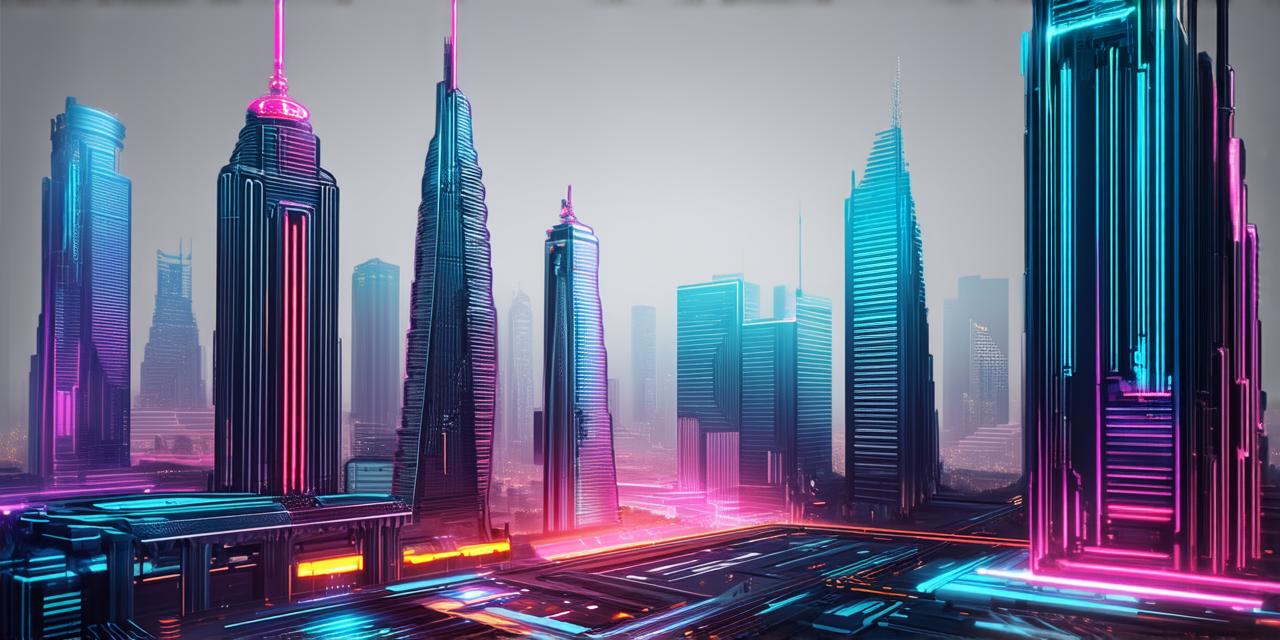
Introduction
As a unity developer, modifying the color of a 3D object is an essential task that you will encounter frequently. In this comprehensive guide, we will walk you through the process of modifying the color of a 3D object in Unity step by step. We will also provide you with tips and tricks to help you create stunning visual effects.
Modifying Colors in Unity: A Beginner’s Guide
Materials
Before we dive into the process of modifying colors in Unity, let’s first understand what a material is. In Unity, a material is a texture that determines the visual appearance of a 3D object. It includes information about how light interacts with the surface of an object and how to render it.
When it comes to modifying the color of a 3D object, we can use materials to change the hue, saturation, and value of the object’s texture. Here’s how you can do it:
1. Open Unity and create a new project or load an existing one with a 3D object.
2. Select the 3D object that you want to modify.
3. In the Unity editor, go to the “Inspector” panel on the right-hand side of the screen.
4. Click on the “Material” component of the selected object.
- You will now see a list of materials assigned to the object. Select one of them or create a new material.
6. Once you have a material, go to the “Inspector” panel and click on the “Color” property.
- In the "Color" property, you can change the hue, saturation, and value of the texture using sliders or by entering values directly in the input fields.
- To apply your changes, click on the "Apply" button.
Tips and Tricks
Changing Colors Using Shaders
If you want to create custom color effects for your 3D objects, you can use shaders. A shader is a script that determines how light interacts with a surface. Here’s how you can modify colors using shaders:
- In Unity, go to the "Assets" menu and select "Create" > "Shader".
- Choose a shader type (e.g., Standard, Diffuse) and click "Create".
- Open the shader in a text editor and modify the color properties using CGPROGRAM statements.
- Save your shader and apply it to your 3D object.
- You can also use node-based shaders to create more complex color effects. To do this, go to "Window" > "Shader Graph" and follow the instructions provided by Unity.
Color Correction Techniques
In addition to modifying colors directly, you can also use color correction techniques to enhance the visual appeal of your 3D objects. Here are some techniques you can try:
- Use a color grading plugin to adjust the overall brightness and contrast of your scene. This can help create a more realistic look.

- Apply a lens flare effect to simulate the way light interacts with different surfaces in your scene. You can do this using Unity’s built-in lens flare shader or by creating a custom one.
- Use a post-processing stack to apply color correction filters to your scene. This can help you achieve a specific look and feel for your project.
Case Studies: Real-Life Examples of Color Modification in Unity
The Virtual Reality Game “Age of Conan”
The virtual reality game "Age of Conan" is a prime example of how color modification can enhance the visual appeal of a 3D object. In this game, players can customize the appearance of their characters by modifying their colors, textures, and other properties. This helps create a more immersive experience for the player.
The “The Witcher 3: Wild Hunt” Video Game
Another great example of color modification in Unity is the video game "The Witcher 3: Wild Hunt". In this game, players can customize their weapons and other items by modifying their colors and textures. This helps create a unique look for each player’s character and adds to the overall visual appeal of the game.
Summary
Modifying the color of a 3D object in Unity is an essential task that every unity developer should know how to do. By using materials, shaders, and color correction techniques, you can create stunning visual effects that will enhance the look and feel of your projects. Whether you’re working on a video game or a virtual reality experience, mastering the art of color modification in Unity is key to creating an immersive and engaging experience for your users.
FAQs
How do I apply a new material to a 3D object in Unity?
To apply a new material to a 3D object in Unity, select the object, go to the "Inspector" panel, and click on the "Material" component. Then, drag the new material onto the component.
How do I create a custom shader in Unity?
To create a custom shader in Unity, go to the "Assets" menu, select "Create", and then choose "Shader". From there, you can modify the color properties using CGPROGRAM statements or by creating a node-based shader.
How do I adjust the brightness and contrast of my scene in Unity?
To adjust the brightness and contrast of your scene in Unity, use a color grading plugin or apply a post-processing stack that includes color correction filters. You can also modify the brightness and contrast of individual objects using materials or by applying

